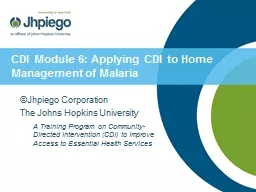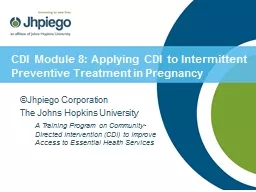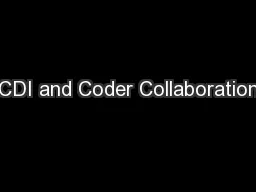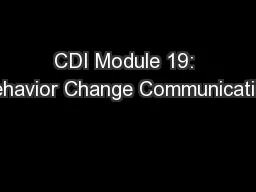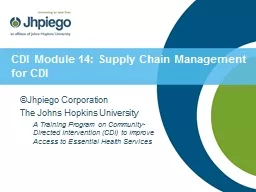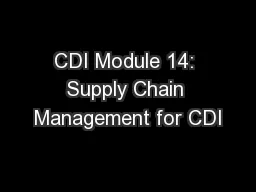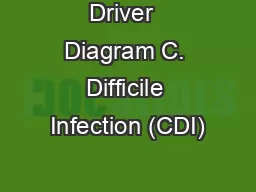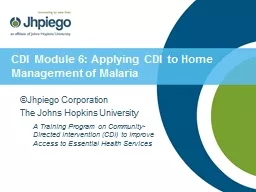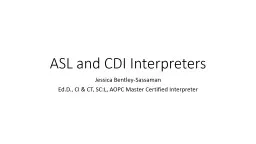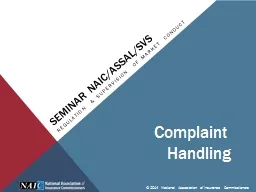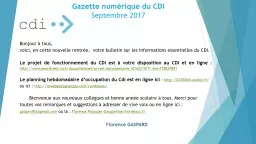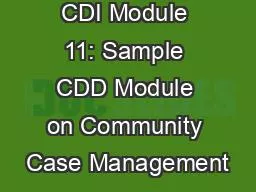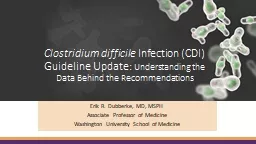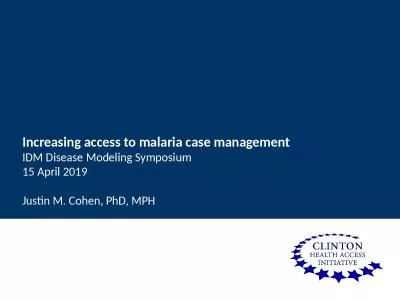PPT-CDI Module 6: Applying CDI to Home Management of Malaria
Author : min-jolicoeur | Published Date : 2016-05-27
Jhpiego Corporation The Johns Hopkins University A Training Program on Community Directed Intervention CDI to Improve Access to Essential Health Services Module
Presentation Embed Code
Download Presentation
Download Presentation The PPT/PDF document "CDI Module 6: Applying CDI to Home Manag..." is the property of its rightful owner. Permission is granted to download and print the materials on this website for personal, non-commercial use only, and to display it on your personal computer provided you do not modify the materials and that you retain all copyright notices contained in the materials. By downloading content from our website, you accept the terms of this agreement.
CDI Module 6: Applying CDI to Home Management of Malaria: Transcript
Download Rules Of Document
"CDI Module 6: Applying CDI to Home Management of Malaria"The content belongs to its owner. You may download and print it for personal use, without modification, and keep all copyright notices. By downloading, you agree to these terms.
Related Documents

